Experts on How the Loss of Converted Clicks on AdWords Will Affect Retailers

Are you using “Converted Clicks” as your bidding conversion metric in AdWords?
Brace yourself—Converted Clicks will disappear and “Conversions” will be king in just two months (September 2016).
This comes right after Google’s announcement that cross-device conversions will automatically be counted in the Conversions metric, hinting at Google’s move toward a more connected way of measuring conversions and attribution. Is it a big deal? How should retailers who use Converted Clicks adapt?
We sat down with the Google AdWords experts at CPC Strategy to answer those burning questions (and more). First, let’s start with the basics.
Here’s an example of the option you’ll see for Conversion bid metrics right now in your AdWords account under Tools>Conversions>Settings:
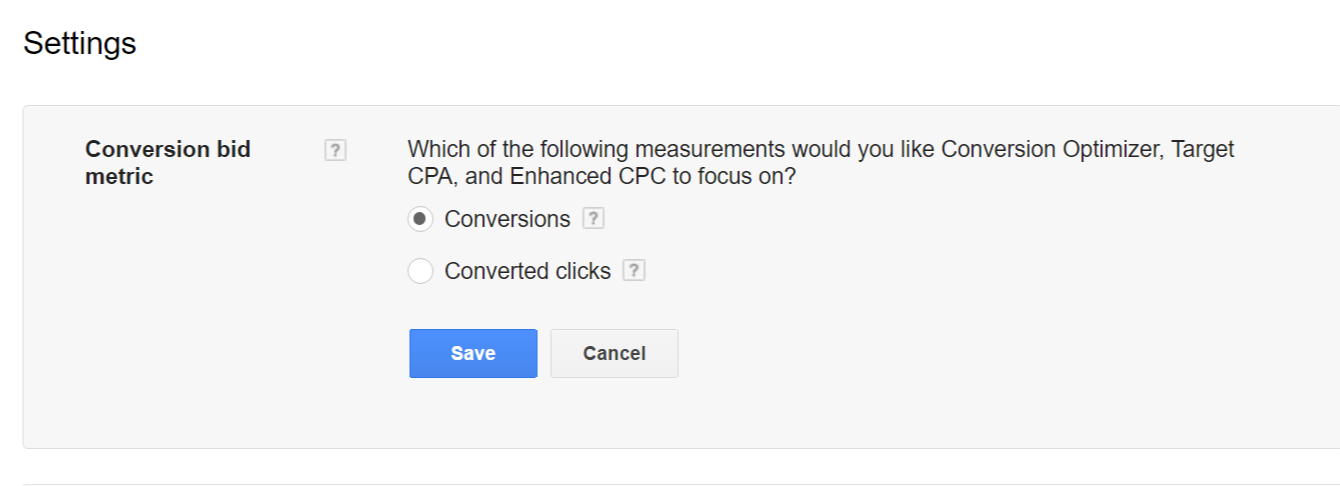
This is the option that will disappear in September. Note the differences between Converted Clicks and Conversions:
Converted Clicks (2001 – September 2016): Google defines this as “the number of clicks that convert within your chosen conversion window (typically 30 days)”. With this metric, a single customer who makes three unique purchases—say, within 30 days of clicking on an ad—counts as one converted click (instead of three).
Converted Clicks is limited because you cannot segment those clicks by source, conversion name, or category—or assess the value of those clicks.
Conversions (September 2016 -) – Conversions show “every conversion made within your chosen conversion window after an AdWords click ,” and they are the only metric by which you can see cross-device measurements. It’s the metric most advertisers use, and after September, Conversions will be the default.
 David Weichel, VP of Product Development at CPC Strategy:
David Weichel, VP of Product Development at CPC Strategy:
Retailers may lose the differentiation between a unique vs. returning conversion, which impacts bidding evaluation. However, when it comes to using that metric vs. unique and returning customers, I don’t think we’re losing too much. In order to really see an accurate picture of customer data, you should be looking at your CRM.
At the end of the day, this change may not be that big of a deal because, within ecommerce, total conversion value is actually reported as a roll up of the Conversions field anyway.

Jason Bell, Senior Account Analyst at CPC Strategy:
I feel that this is a positive change. There will no longer be two separate conversion columns, which can be confusing for some users.
Plus, the new customizations available for the conversion metric will allow retailers to get more robust and accurate in targeting.
 Nii Ahene, Co-Founder and COO at CPC Strategy:
Nii Ahene, Co-Founder and COO at CPC Strategy:
From a purely resourcing standpoint, it seems pretty silly that Google would remove a metric that marketers have used for years. There are scores of other metrics in the Adwords interface that probably get less use than Converted Clicks and are overwhelming for newer advertisers. That said, as a performance-based marketing agency, we are tasked with helping our clients think about their demand generation efforts from a 360-degree perspective.
The shift to the more robust Conversions forces all advertisers to think about their funnel and attribution to make intentional decisions on what to count as a Conversion, and what not to.

Dianne Manansala, Retail Search Manager at CPC Strategy:
I would say this change is negative from an optimization standpoint. I use Converted Clicks because I find that measuring unique converters is a more precise metric to gauge how many individuals I was able to reach. For a majority of my clients, from a prospecting perspective, getting more people to convert is more valuable than one person converting multiple times.
There are benefits to reporting with Conversions, such as understanding which metrics typically lead to multiple purchases, however, I think the removal of Converted Clicks limits our visibility.
 Chris Pezzoli, Retail Search Manager at CPC Strategy:
Chris Pezzoli, Retail Search Manager at CPC Strategy:
Though it may require those currently using Converted Clicks some initial work to switch to Conversions, it’s a positive change in the long run.
The Conversion column supports different attribution models and conversion types giving advertisers more custom options.
On September 21st, Converted Clicks will automatically shift to Conversions. If your primary bid metric is still set to Converted Clicks and you rely on this data in reports, here’s how to proceed.
Weichel: Download your historical Converted Clicks and Conversions data side-by-side so you can actually create a ratio between them.
For example, if you have a particular campaign with a 1:3 converted clicks to conversion ratio, that might suggest that there’s a lot of repeat behavior associated with that particular audience, demographic, or ad type. This is something you can then take into consideration when making higher level changes to your bidding strategy, tactics, or even making adjustments to audience targeting.
Do this at the Campaign, Ad Group, Product Group, Dimension—whatever granularity you feel is significant to your account. There’s a chance this might not even apply to your account, but on the off chance that you do end up missing—or find yourself longing for conversion clicks data, you’ll have it.
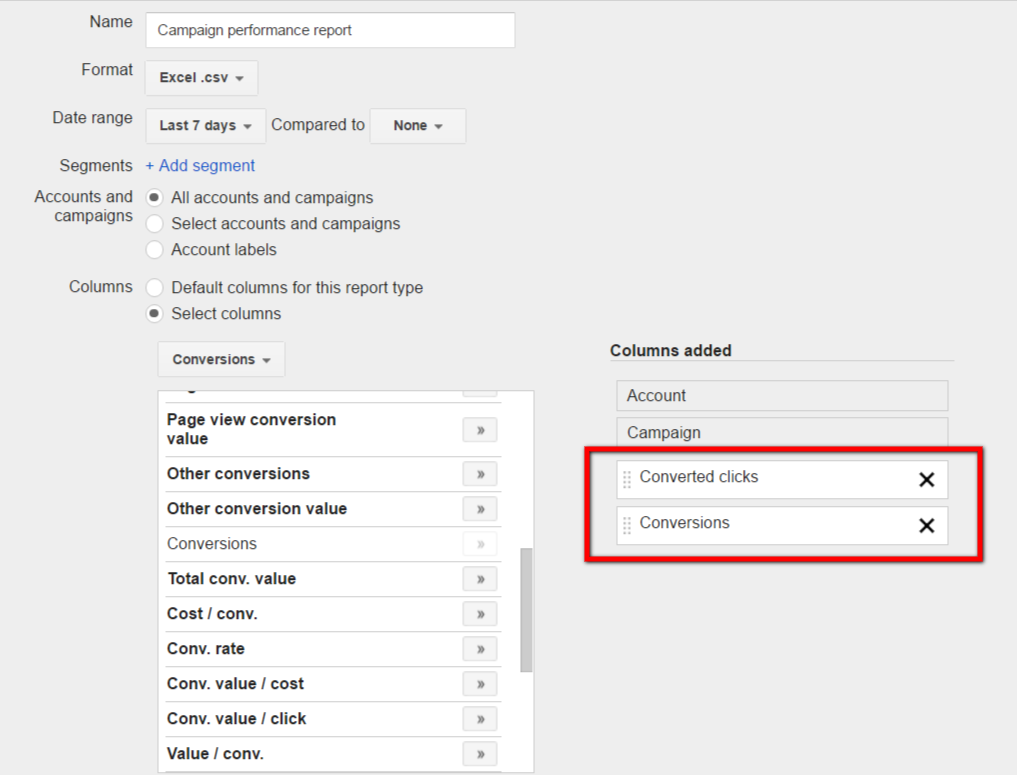
Manansala: The change to Conversions may impact how you make bidding changes across multiple metrics. For example, it will be difficult to tell which keyword was actually responsible for reaching more people versus that one person buying three times.
If it is the latter, you wouldn’t be able to tell if you could have actually spent less reaching that individual and saved cost. This issue also applies to geo, time-of-day, day-of-week, device modifiers and more.
I would look into creating conversions in Adwords that basically break out the different conversion types, instead of lumping them all in on “Conversion” metric.
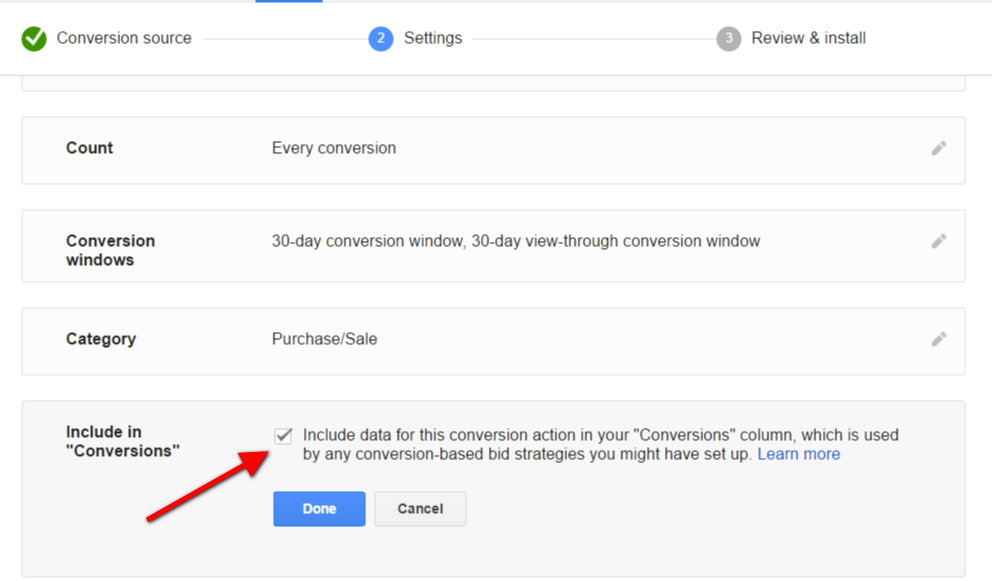
Pezzoli: Google gives you the option to count every conversion or just one conversion following an ad click, so you can set the “Conversions” column to track conversions the same way “Converted Clicks” worked.
Also, Google is offering a migration tool that will allow advertisers to change their conversions settings to track closer to how converted clicks were tracked. The migration tool will automatically appear in the Conversions sections under the Tools menu.
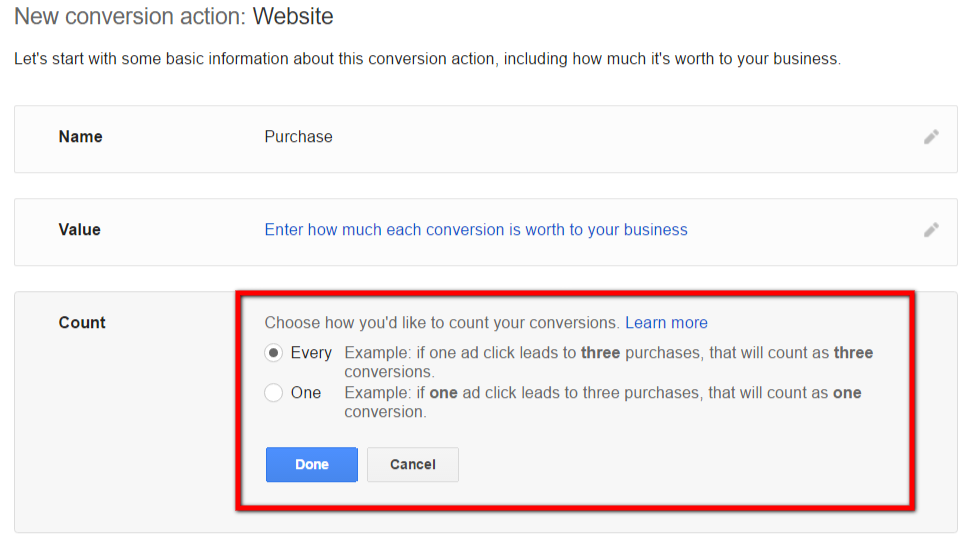
Weichel: I would hold off on changing over for now until you have a better idea of how your campaigns are going to be affected.
Do some analysis, understand what it means for you, and if your repeat rate is super low, then you don’t have anything to worry about and you can change over now.
Ahene: If you’re using Converted Clicks as your primary method for evaluating performance, to do a quick audit of your defined conversion actions.
You’ll understand the difference between what has been reported by converted clicks and what is reported by Conversions, and determine what truly provides an accurate view of the nature of your business.
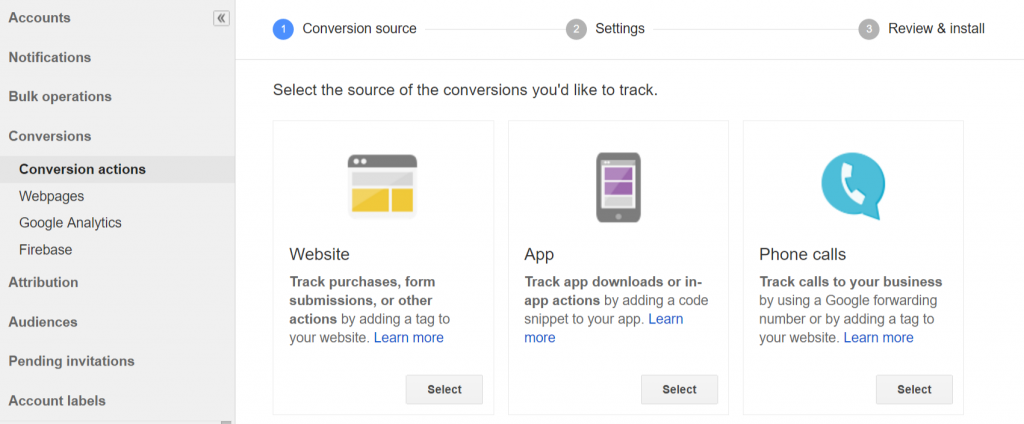
Bell: Inspect your current conversion reporting now to ensure things are working as intended. Then, compare both your Converted Clicks & Conversions column.
Typically you will see more Conversions, as it will likely be reporting on “every” conversion after an ad click whereas Converted Clicks reports only “one” conversion after an ad click. Once you have a full understanding, then you will be better suited to make the proper adjustments once the change is pushed.
Bell: Check the Conversions column now and once the switch happens to ensure that drastic changes don’t happen because the new value could end up being different depending on each users settings within their account.
Ideally, you can set the new Conversion column to use the same behavior as the previous Converted Clicks column, and the bidding strategy should pick up where it left off. The only caveat here is the bidding strategy using historical data before you have audited the Conversion column.
Be sure you are reporting conversions accurately, especially if you are using any type of automated bid strategy, which will adjust your bids based on performance (ie: Target CPA).
Ask yourself these questions:
Pro-tip: Don’t draw conclusions too soon after switching to Conversions. Google recommends you wait two weeks after changing to the Conversion bid metric “before evaluating the performance of your bid strategies”.
Google will send out a simple migration tool to all accounts that will be affected. As we said before, the update will occur automatically in September, but if you’re ready to update now, see Google’s post About Moving From “Converted Clicks” to “Conversions”.
Weichel: Google is moving toward a more connected singular experience—they’re giving you one singular way of measuring conversions, and they’re also blending the consumer path across devices into one column.
We’re starting to move more toward a mobile-heavy world. Rather than thinking about individual converted ad clicks, advertisers will be thinking about the holistic impact of online advertising on their business, both offline and online. That impact goes across devices, but it also goes further beyond the value of an ad click. A lot of advertisers have been so focused on “last click” for so long—now, it’s time to look at the overall impact.
Manansala: Google is trying to find ways to attribute value to ad spend that otherwise would have been lost.
If advertisers see their spend is providing more value, they will likely throw in more money, which means more money for Google!
Bell: The improvements on cross-device tracking and adjustments to the Conversion columns point to Google’s attempts to bridge the gap between different devices and sources.
They’re cleaning up and improving attribution to give users a better understanding of their AdWords ecosystem while providing the levers and adjustments to customize this experience to fit their business best.
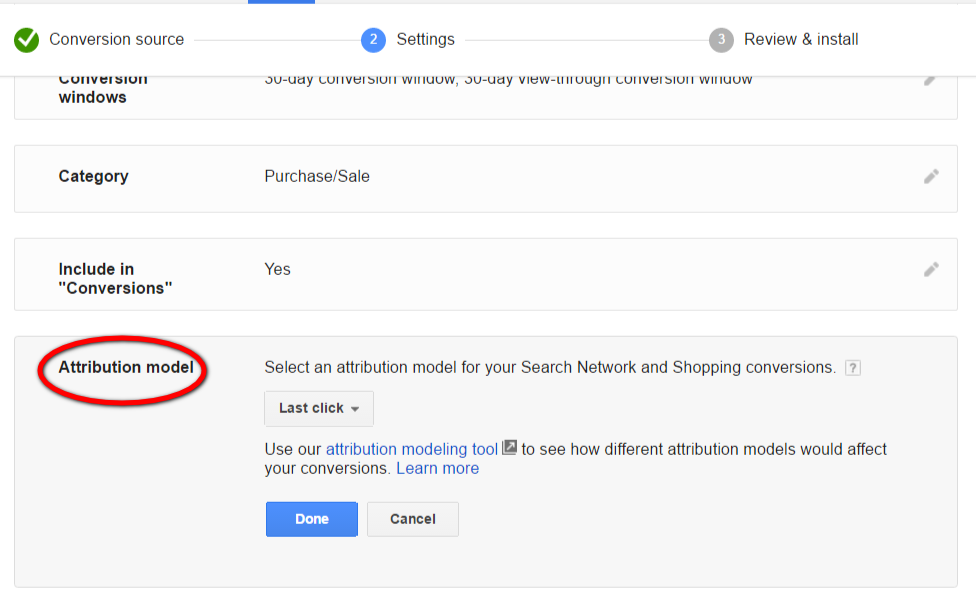
Pezzoli: By providing more in-depth and custom conversion tracking, Google is giving advertisers to track longer, more sophisticated conversion paths.
Google will continue pushing advertisers to place a value on all conversion events; whether it is a newsletter signup, call, a quote, or the purchase of a product.
Want to learn more about Google AdWords updates and new features? Check out these CPC Strategy posts:
Have more questions about the disappearance of AdWords Converted Clicks? Email [email protected]
